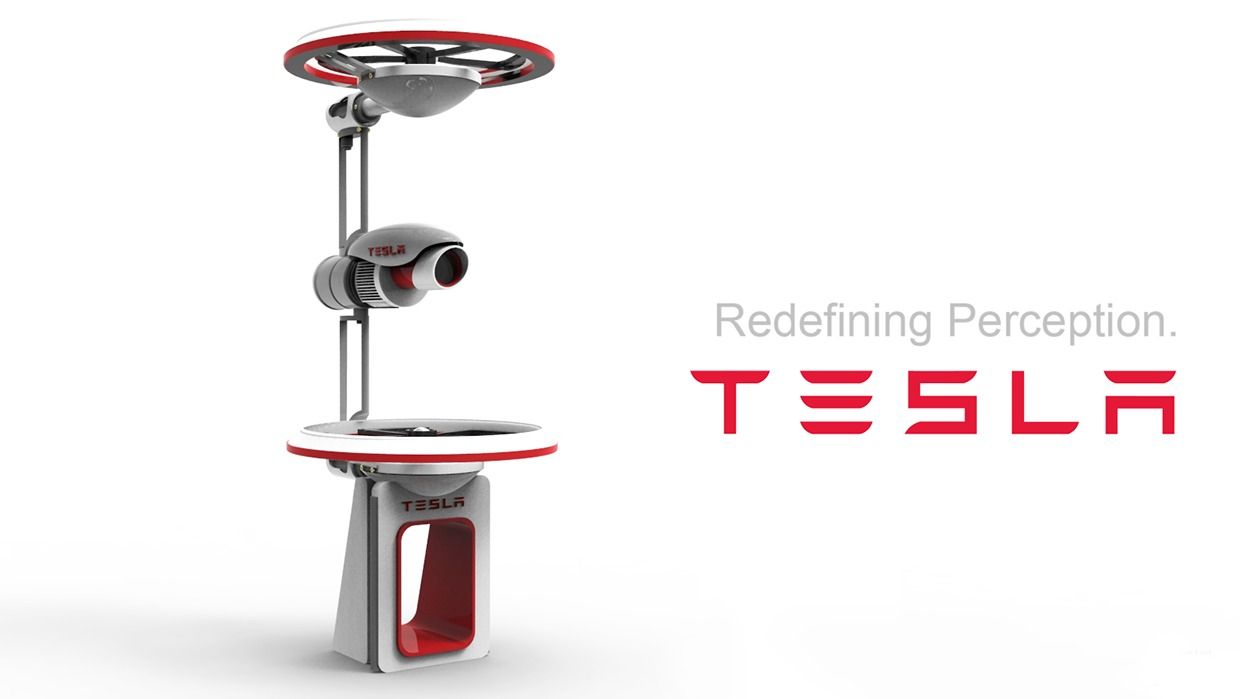Turing Test-style competitions in writing stories, music & poetry.
HT: @Grady_Booch
DigiLit is a competition that encourages the creation of algorithms able to produce a “human-level” short story of the kind that might be intended for a short story collection produced in a well-regarded MfA program or a piece for The New Yorker. The prize seeks to reward algorithms that could, for example, write stories for a creative writing class in which students are asked to submit a new short story each day. (Artwork by Annelise Capo http://www.annelisecapossela.com)



